-
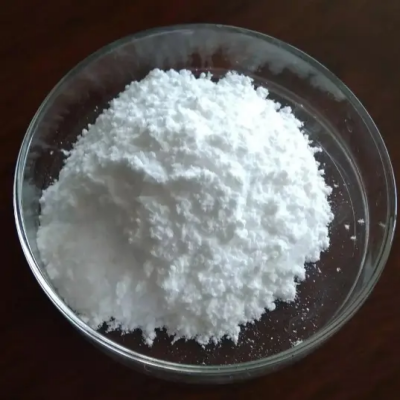
Di-p-methoxybenzoyl-D-tartaric acid CAS:191605-10-4
Di-p-methoxybenzoyl-D-tartaric acid is a chemical compound widely utilized in the pharmaceutical and fine chemical industries. It serves as a chiral resolving agent, enabling the separation of enantiomers, and is a crucial intermediate in the synthesis of chiral ligands and catalysts. Its chirality and reactivity make it valuable in asymmetric synthesis and drug development.
-
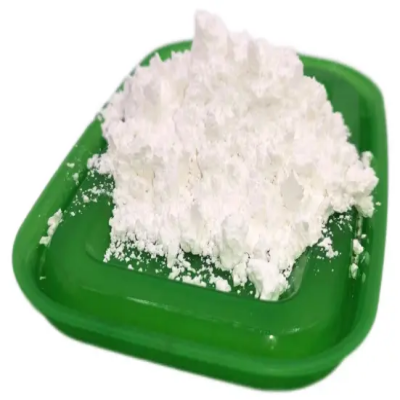
2-Amino-4-methoxy-6-methyl-1,3,5-triazine CAS:1668-54-8
2-Amino-4-methoxy-6-methyl-1,3,5-triazine is a chemical compound used as an intermediate in the synthesis of pharmaceuticals, agrochemicals, and dyes. Its unique reactivity and structural features make it valuable in organic chemistry and industrial applications.
-
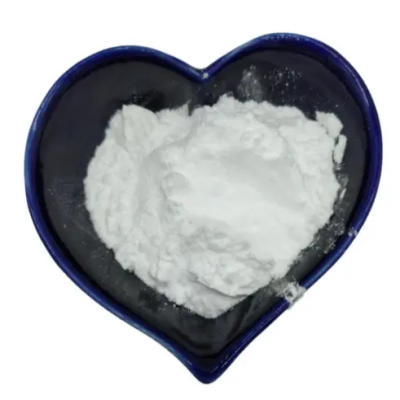
5-Nitrosalicylic acid CAS:96-97-9
5-Nitrosalicylic acid is a chemical compound known for its diverse applications in various industries. It is utilized as a key intermediate in the synthesis of pharmaceuticals, agrochemicals, and dyes. This compound’s unique structure and reactivity make it valuable in organic chemistry. Additionally, 5-Nitrosalicylic acid is under investigation for potential biological activities and serves as a building block in the creation of diverse organic compounds.
-

Cyclopropyl methyl ketone CAS:765-43-5
Cyclopropyl methyl ketone is an organic compound. It is used as a building block in the synthesis of pharmaceuticals and other organic compounds, serving as a versatile intermediate in chemical reactions.
-
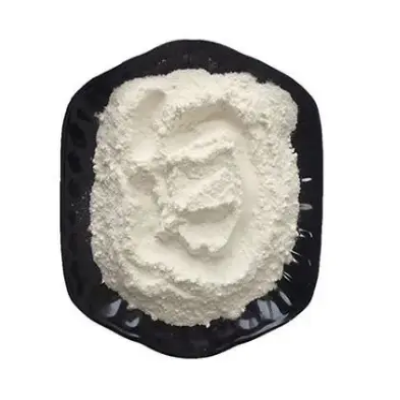
4′-Hydroxyacetophenone CAS:99-93-4
4′-Hydroxyacetophenone is a chemical compound with various industrial and scientific applications. It is commonly used as an intermediate in the synthesis of pharmaceuticals, dyes, and fragrances. This compound has garnered interest due to its versatile reactivity and potential utility in organic chemistry. Additionally, 4′-Hydroxyacetophenone is being investigated for its potential biological activities and as a building block in the creation of diverse organic compounds.
-
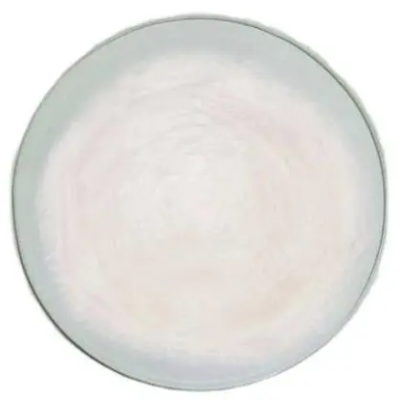
4,6-Dimethoxy-2-(phenoxycarbonyl)aminopyrimidine CAS:89392-03-0
4,6-Dimethoxy-2-(phenoxycarbonyl)aminopyrimidine is a chemical compound frequently used as an intermediate in the synthesis of pharmaceuticals, agrochemicals, and dyes. Its versatile reactivity and structural features make it valuable in organic chemistry and industrial applications.
-

3alpha-Hydroxy-7-oxo-5beta-cholanicAcid CAS:4651-67-6
3alpha-Hydroxy-7-oxo-5beta-cholanic Acid is a chemical compound with various applications in the pharmaceutical and medical industries. Its potential biological activities and structural properties make it valuable for research and development.
-

2-Methylsulfonyl-4,6-dimethoxypyrimidine CAS:113583-35-0
2-Methylsulfonyl-4,6-dimethoxypyrimidine is a chemical compound commonly used as an intermediate in the synthesis of pharmaceuticals, agrochemicals, and dyes. Its versatile reactivity and structural properties make it valuable in organic chemistry and industrial applications.
-

Chenodeoxycholic acid CAS:474-25-9
Chenodeoxycholic acid, also known as chenodesoxycholic acid, is a bile acid created in the liver. It aids in the digestion and absorption of dietary fats. This acid can be used to treat gallstone-related conditions.
-
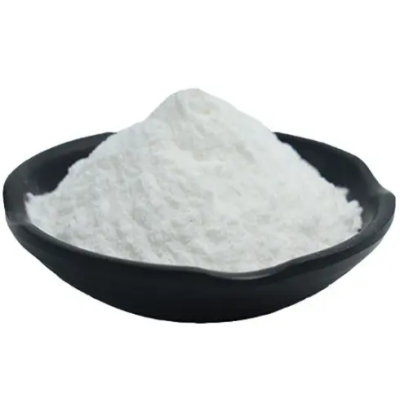
5-Chloro-8-hydroxyquinoline CAS:130-16-5
5-Chloro-8-hydroxyquinoline is a chemical compound with antimicrobial properties. It is commonly used as a biocide and preservative in various industrial and commercial applications. This compound has attracted attention due to its broad-spectrum antimicrobial activity and potential utility in controlling microbial growth. Additionally, 5-Chloro-8-hydroxyquinoline is being investigated for its potential pharmaceutical applications and as a building block in the synthesis of other biologically active compounds.
-
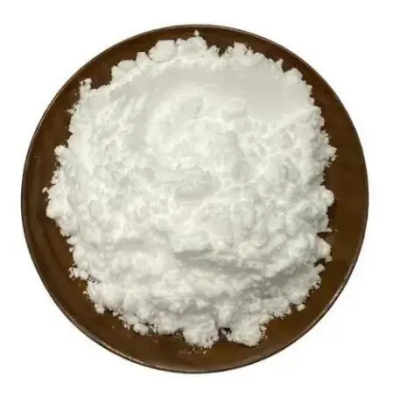
2-Chloro-4,6-dimethoxypyrimidine CAS:13223-25-1
2-Chloro-4,6-dimethoxypyrimidine is a chemical compound widely used as an intermediate in the synthesis of pharmaceuticals and agrochemicals. Its versatile reactivity and structural properties make it valuable in organic chemistry and industrial applications. Ongoing research investigates its potential biological activities and explores its role as a building block in the creation of diverse organic compounds.
-
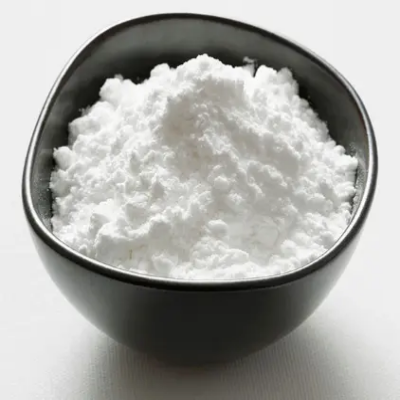
Diisopropyl D-(-)-tartrate CAS:62961-64-2
Diisopropyl D-(-)-tartrate, also known as Diisopropyl D-(-)-tartrate, is a chemical compound widely used in various industries. This compound serves as a resolving agent and chiral auxiliary, playing a crucial role in the production of optically pure compounds in synthetic organic chemistry. It finds applications in the synthesis of pharmaceuticals, agrochemicals, fragrances, and other fine chemicals that require precise control over stereochemistry.

